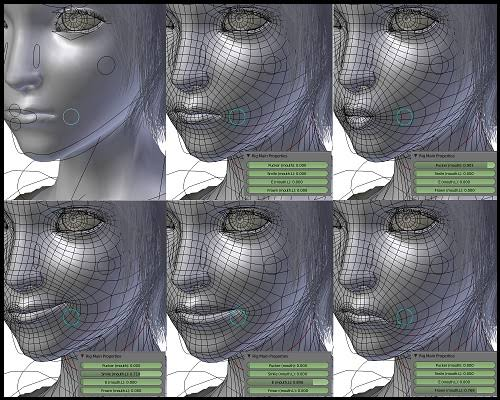In the ever-evolving landscape of forensic technology, few advancements have been as transformative as facial recognition within the realm of video forensics.
The ability to swiftly and accurately identify individuals in video footage has become a game-changer in solving crimes and enhancing security measures. This article delves into the science behind video forensic facial recognition, exploring its applications, advancements, and the ethical considerations that accompany this powerful technology.
The Foundation of Facial Recognition in Video Forensics
At its core, facial recognition in video forensics relies on sophisticated algorithms designed to analyze and identify unique facial features. These algorithms meticulously examine the spatial relationships between key facial landmarks, such as the eyes, nose, and mouth. The technology then converts this information into a mathematical representation, often referred to as a facial signature or template. When applied to video footage, these templates enable rapid comparisons and identifications.
Applications Across the Investigative Spectrum
Video forensic facial recognition finds application across a spectrum of investigative scenarios. Law enforcement agencies leverage this technology to identify suspects captured on surveillance cameras, aiding in the resolution of criminal cases. Additionally, it plays a crucial role in locating missing persons or victims by scanning vast amounts of video data for potential matches.
Beyond the realm of criminal investigations, facial recognition technology contributes to security measures in public spaces, airports, and commercial establishments. Its ability to swiftly analyze and match faces against databases enhances overall security protocols, serving as a deterrent to criminal activity.

Technological Advancements Driving Accuracy
Technological Advancements Driving Accuracy
Recent technological advancements have significantly elevated the accuracy and reliability of facial recognition in video forensics. Machine learning algorithms, trained on extensive datasets, have improved the system’s ability to handle variations in lighting, facial expressions, and even disguises. Real-time facial recognition has become increasingly feasible, allowing for instantaneous identification and response in security and law enforcement scenarios.
Moreover, the integration of 3D facial recognition technology adds an extra dimension to the process. By mapping the contours of a face in three dimensions, the system becomes more resilient to attempts at circumventing recognition through techniques like wearing masks or changing facial expressions.
Ethical Considerations in Facial Recognition
As facial recognition technology becomes more prevalent, ethical considerations come to the forefront. Privacy concerns, potential misuse, and the risk of false positives are areas of contention. Striking a balance between the benefits of enhanced security and protecting individual privacy is a challenge faced by policymakers, technology developers, and the legal system.
The potential for bias in facial recognition algorithms has also been a subject of scrutiny. If the training data used to develop these algorithms is not diverse and representative, the system may exhibit biases, leading to inaccurate identifications and potential discrimination.
Conclusion
In the blink of an eye, video forensic facial recognition has transformed the investigative landscape. From aiding law enforcement in solving crimes to bolstering security measures in public spaces, the technology’s impact is profound. However, as with any powerful tool, responsible development, deployment, and oversight are imperative.
Striking a balance between the benefits of enhanced security and the preservation of individual privacy remains an ongoing challenge. As we navigate the future horizons of video forensics, a careful and ethical approach will be paramount to realizing its full potential for the greater good.









Comments